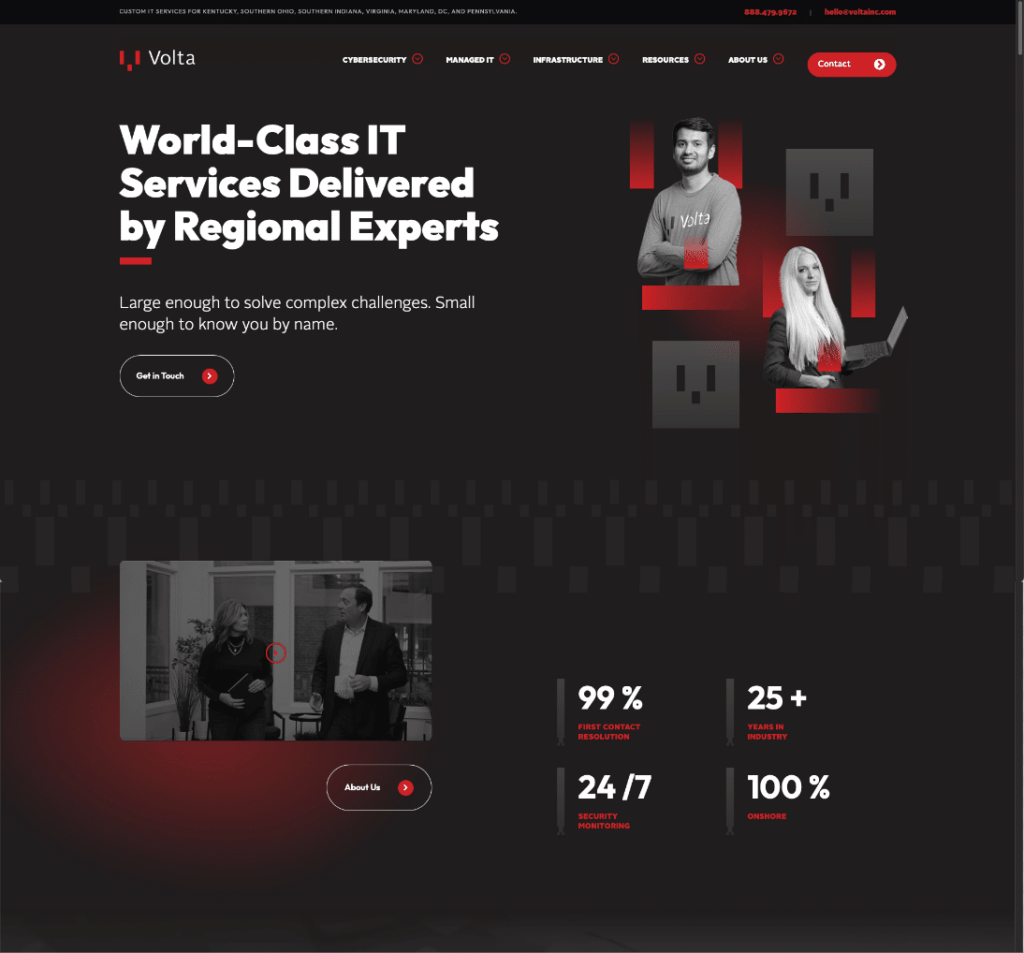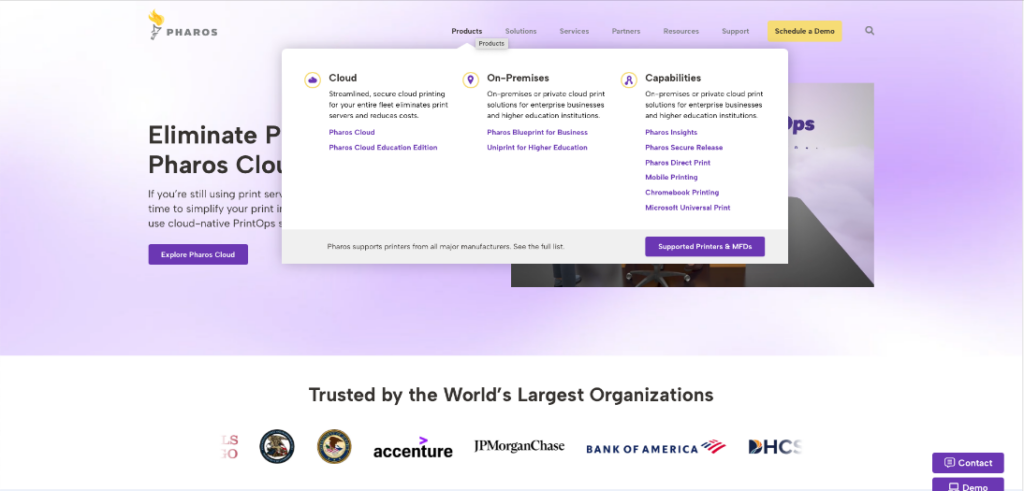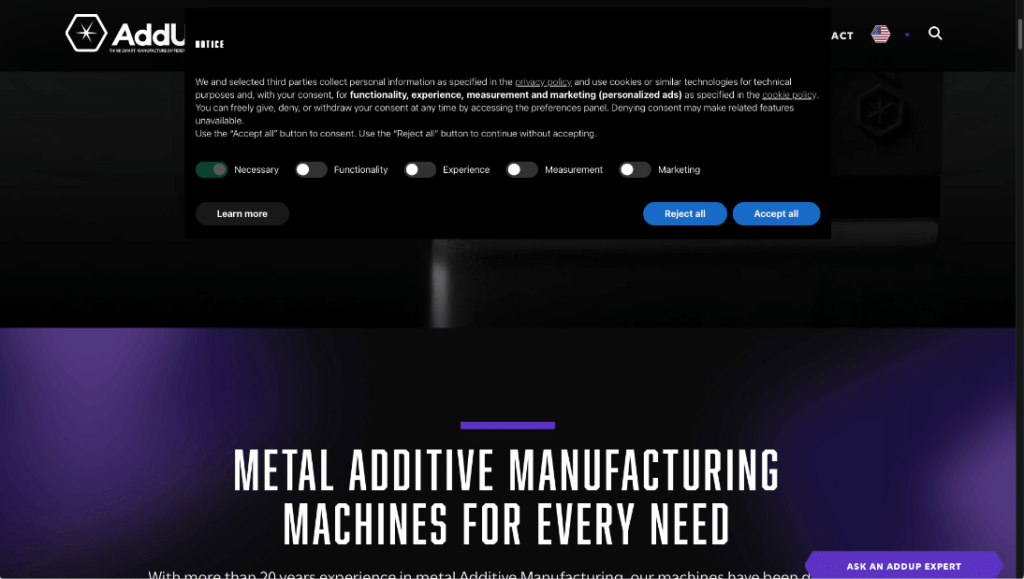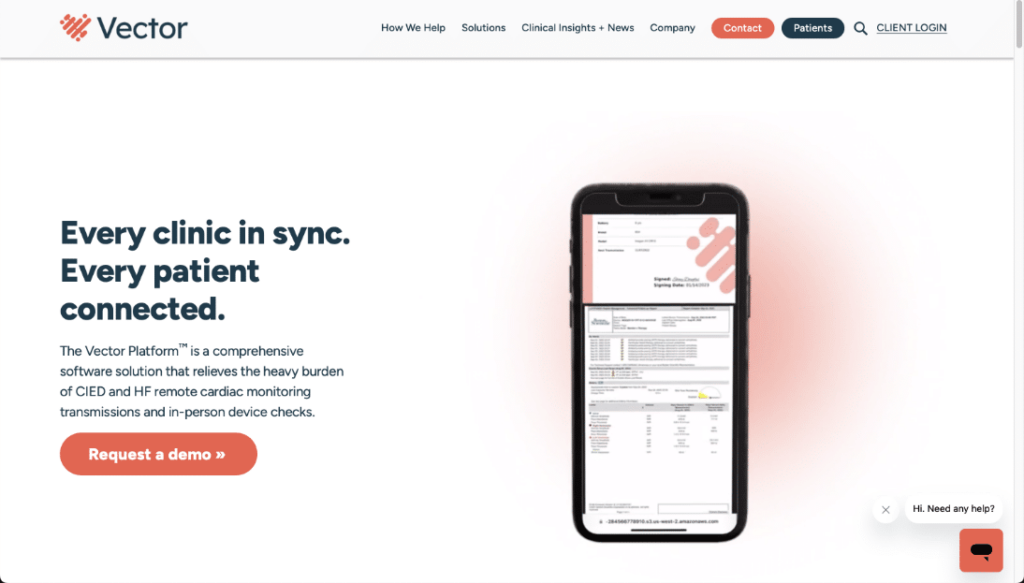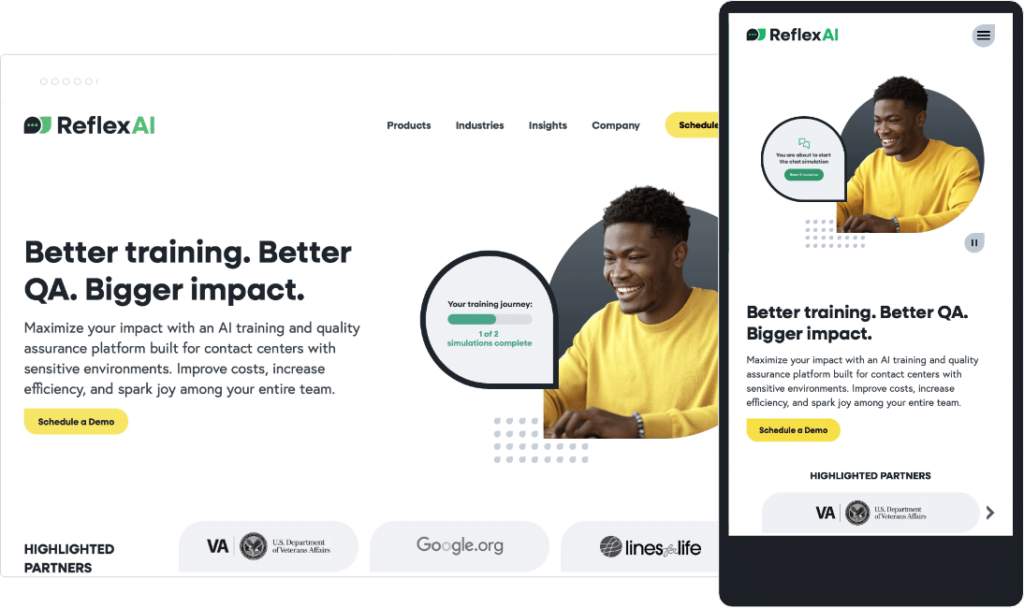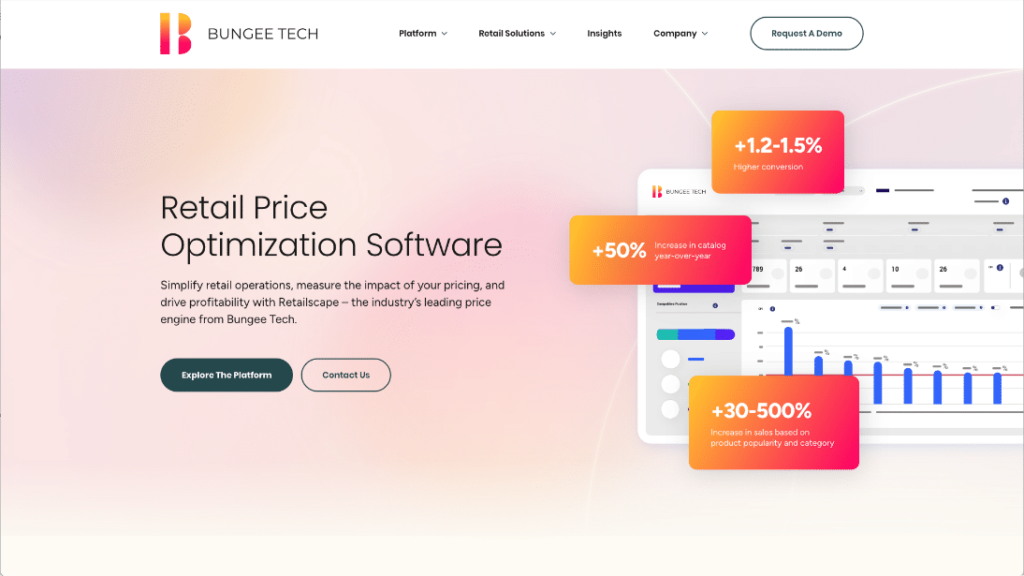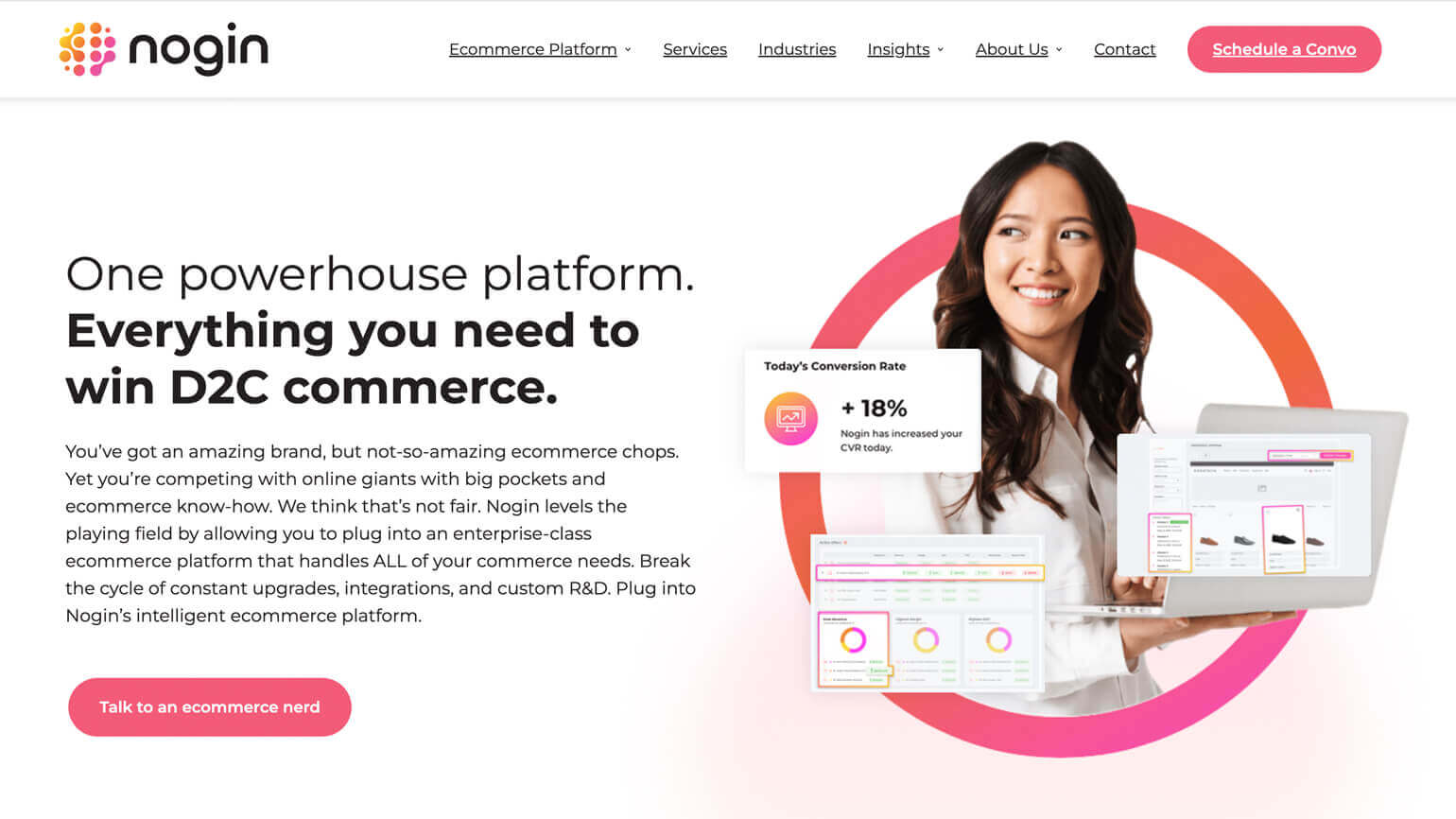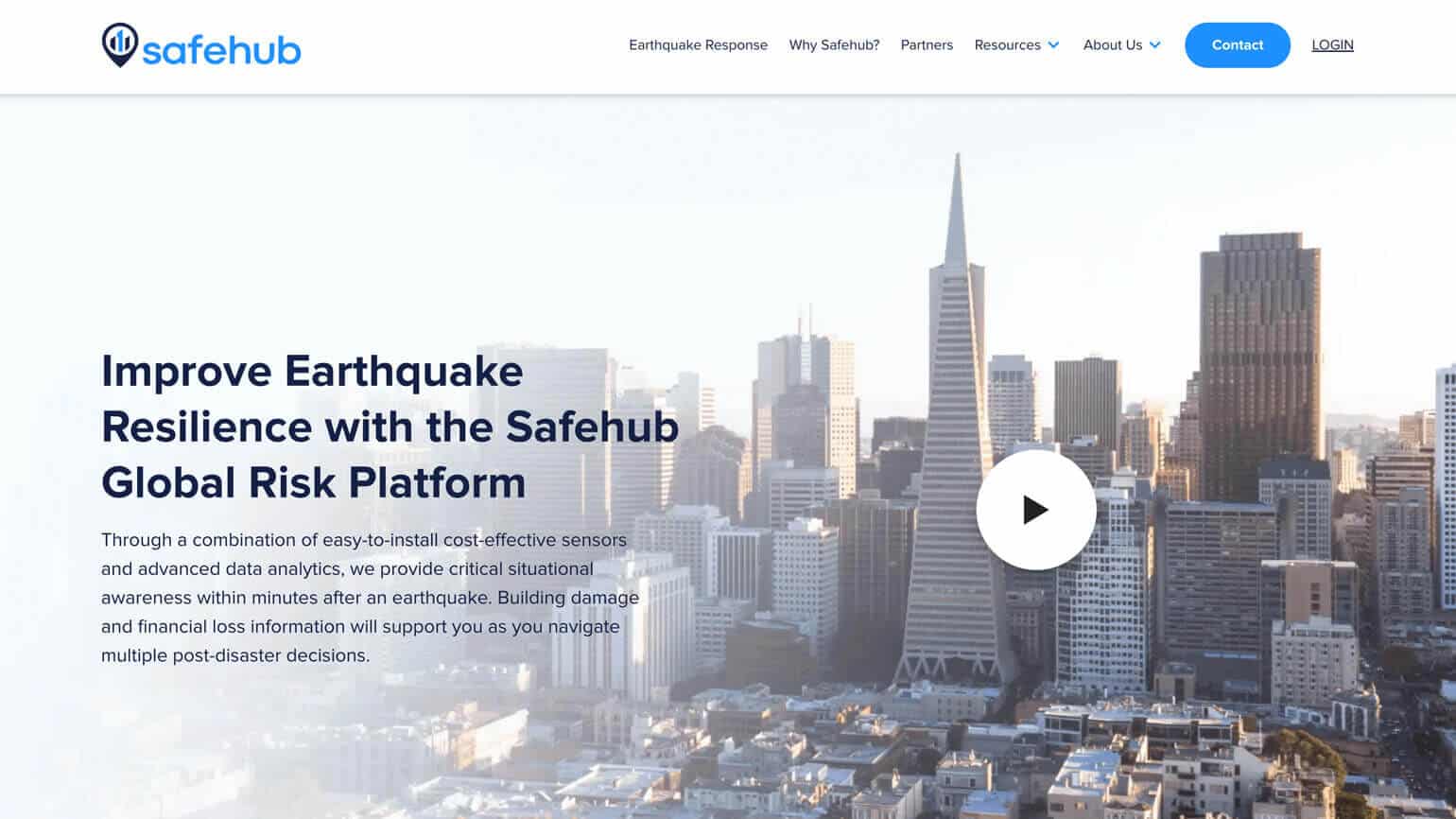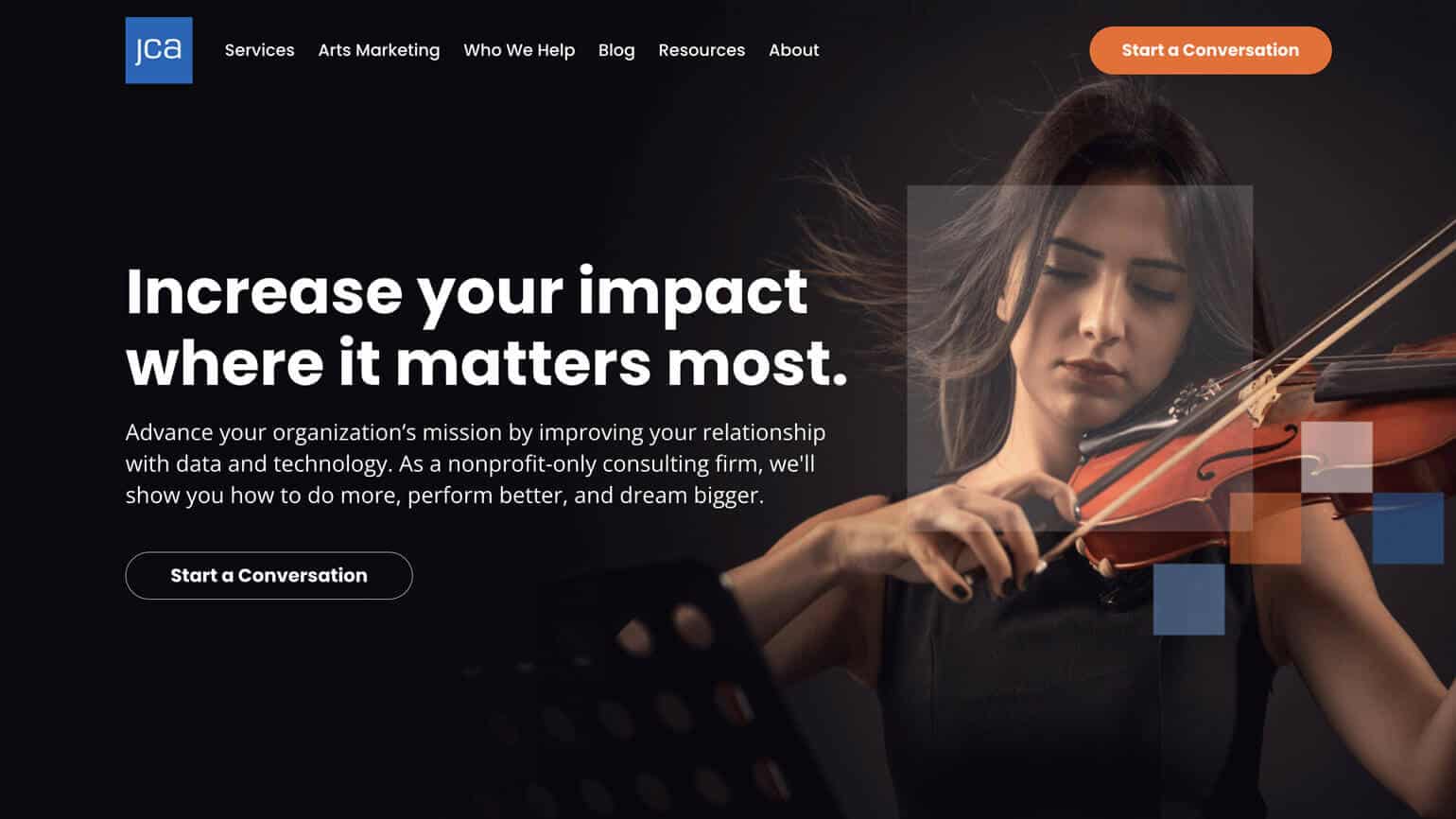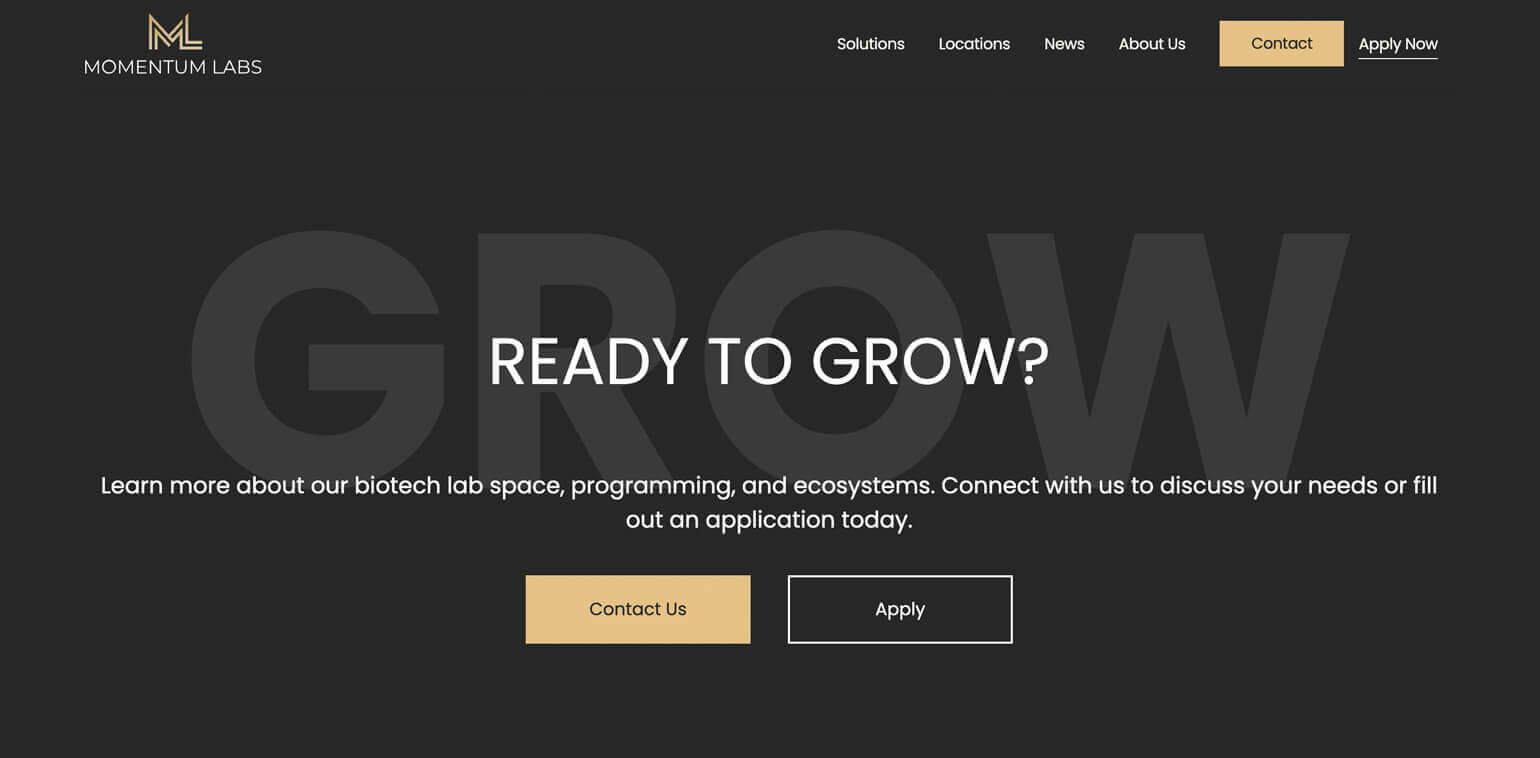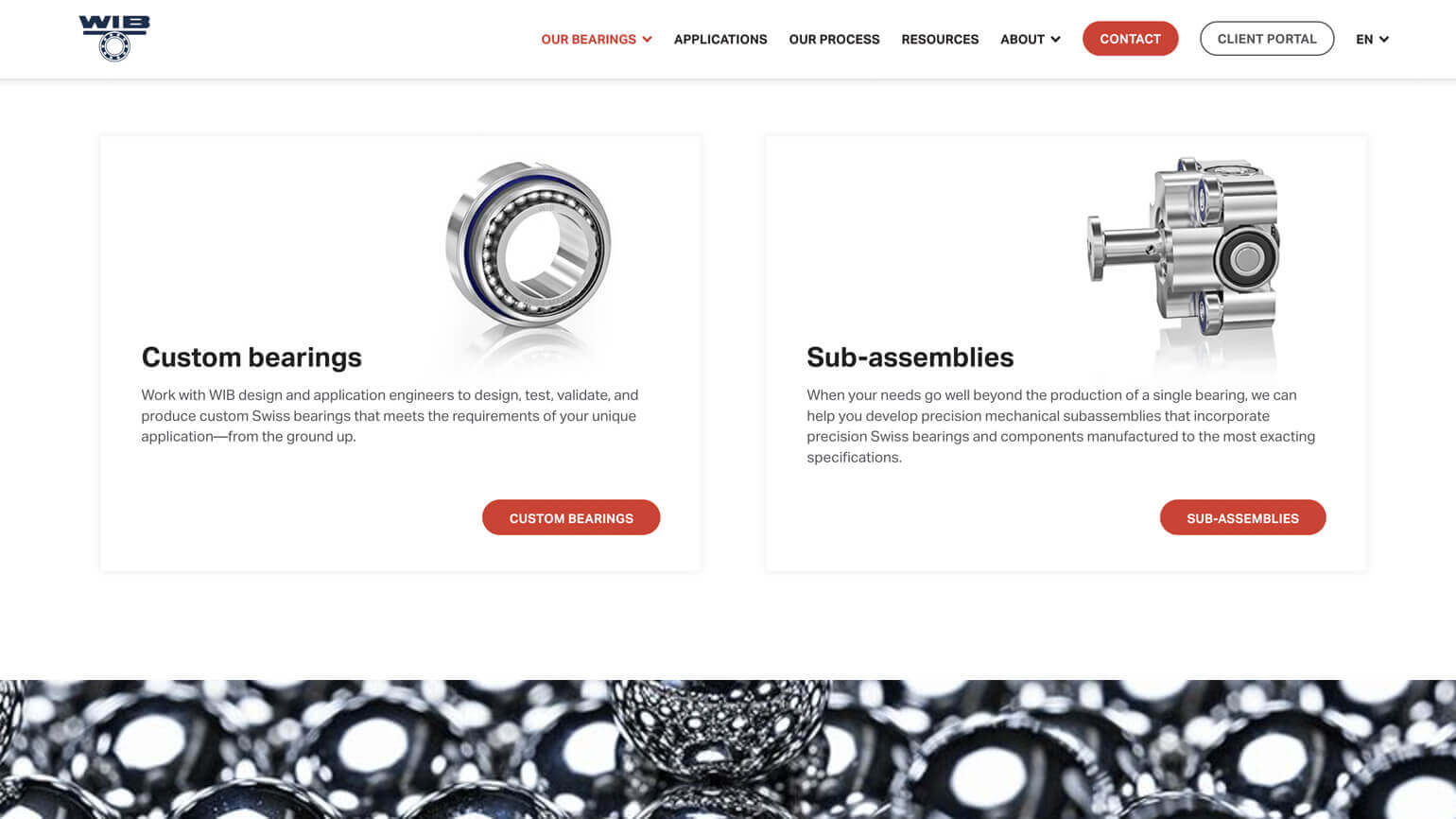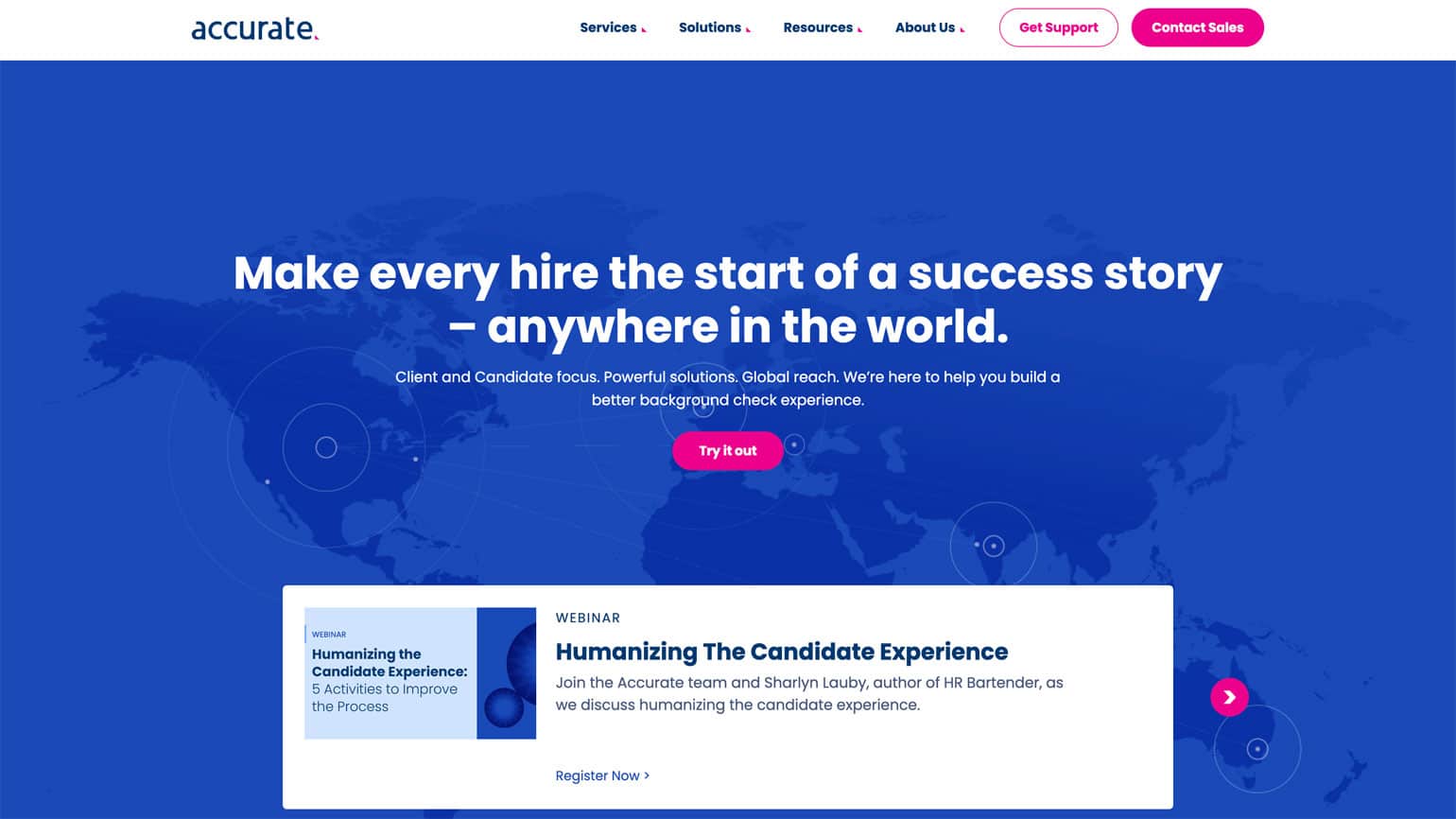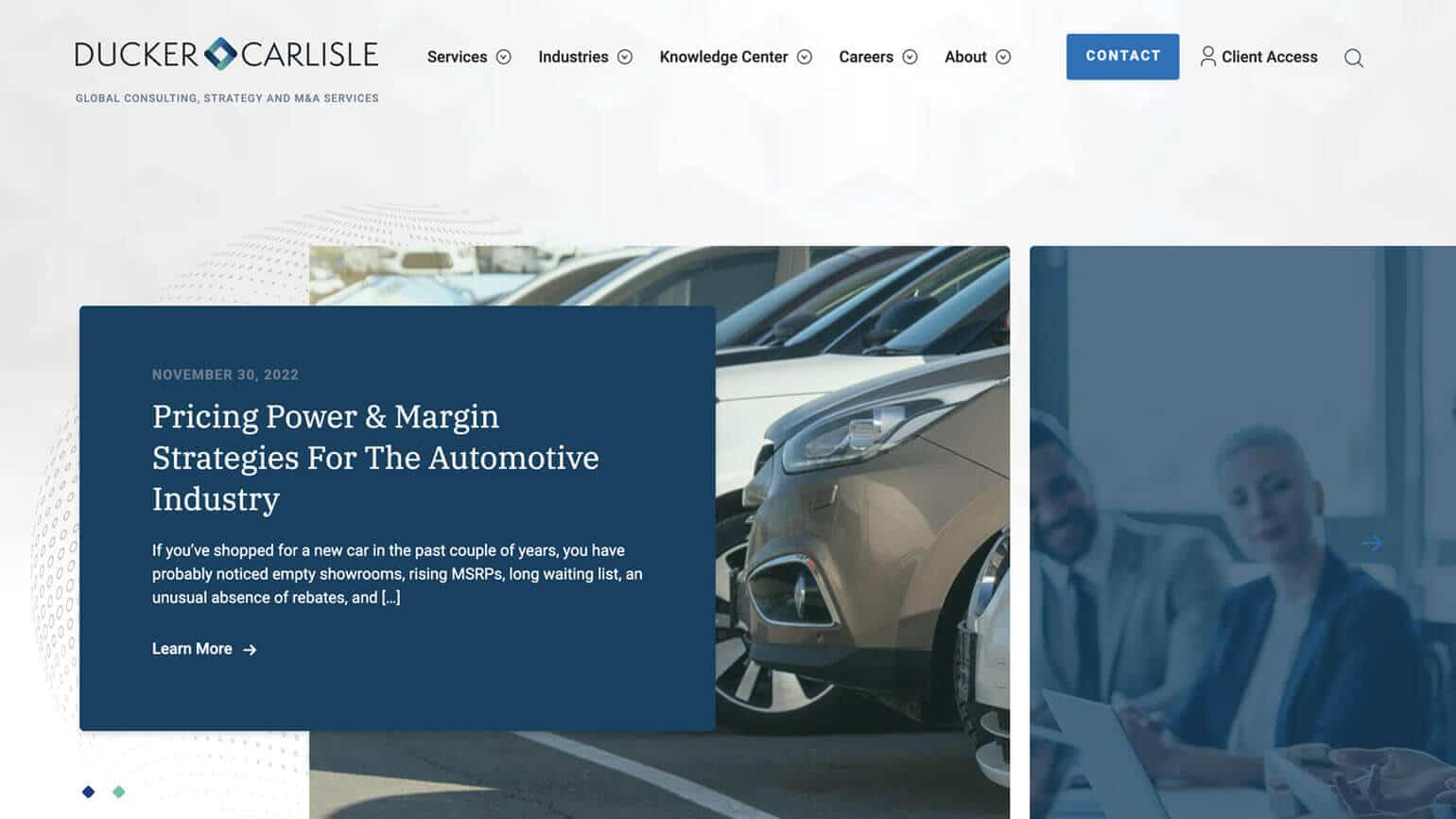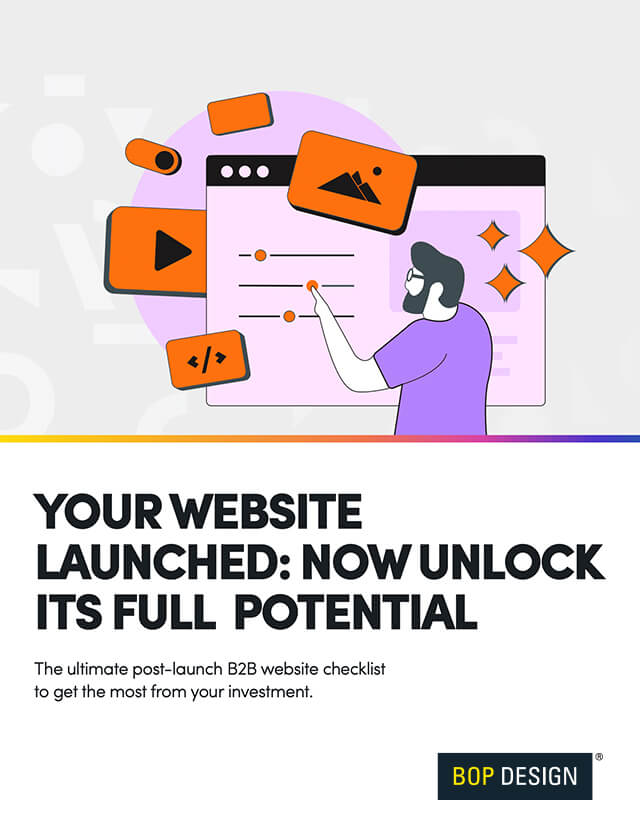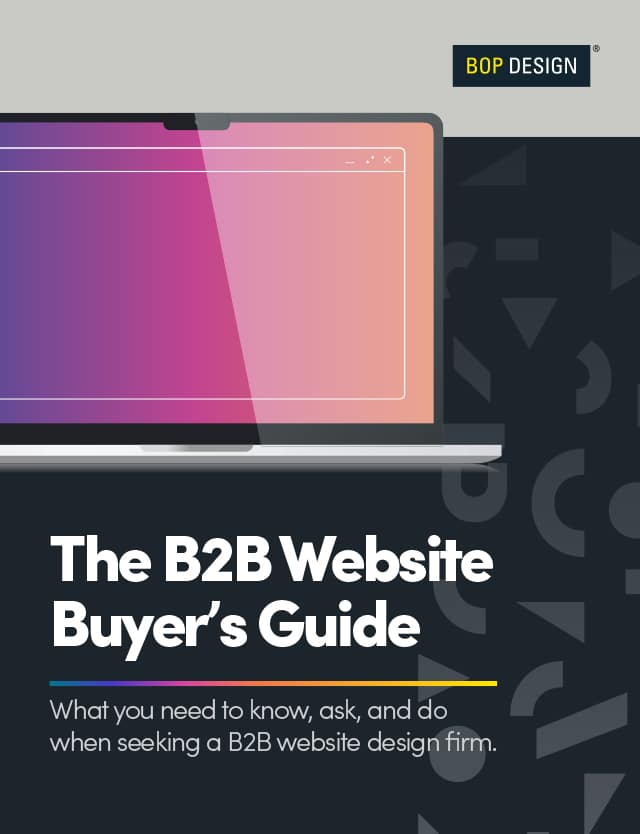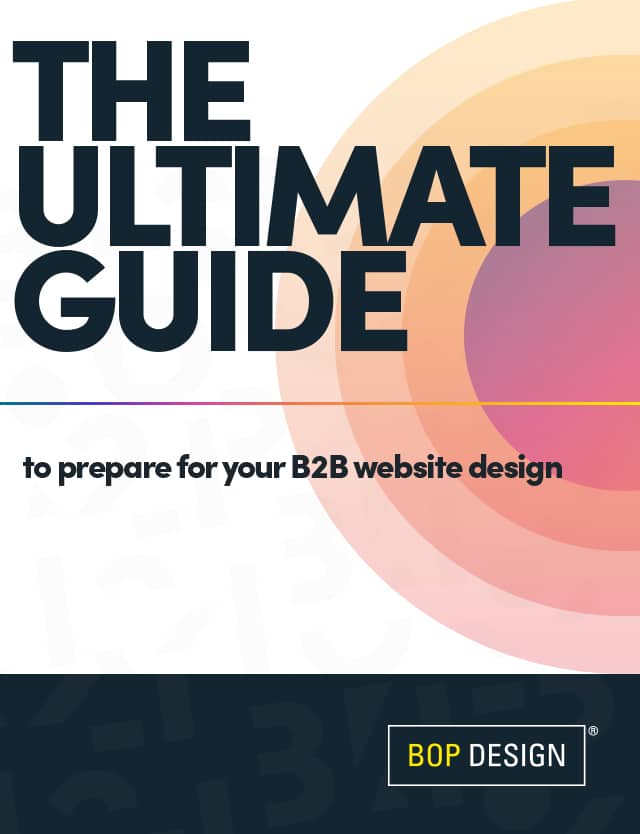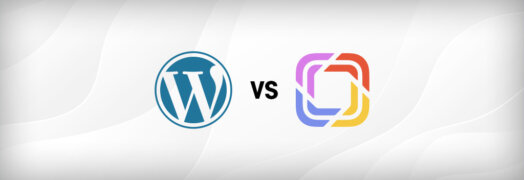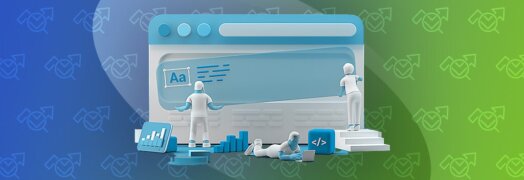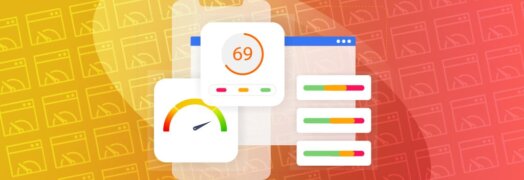What is B2B web design?
Effective B2B web design is a polished, custom digital platform that integrates your company’s branding and messaging to appeal to your ideal buyer. Business-to-business (or B2B) website design varies from B2C in that it often must appeal to a variety of decision-makers across levels of leadership and vastly different needs.
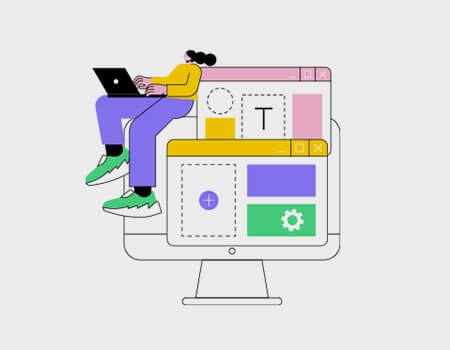
B2B website design trends for 2025
B2B website design trends are constantly shifting – and because of that, it’s obvious when a company hasn’t kept up. To maintain a modern, top brand image, you need a website that leverages today’s best practices in design and development.
Thinking about updating your beloved but out-of-date B2B website in 2025? Keep reading to understand the latest web design trends, and why they’re so important.
Here are the trends shaping the future of B2B web design in 2025.
1. Trust-building messaging
2. Buyer-focused navigation
3. Accessibility
4. Cookie compliance
5. AI, APIs, and other advanced features
6. Motion and animation
7. Page speed
8. Mobile-first design
9. Back-end flexibility
10. Maximalist minimalism
7 B2B website design best practices
Web design is such an exciting industry to be a part of, especially when you get to see innovative, lovely designs. While there are a vast amount of beautiful, functional websites, there are also a ton of ugly, overdone, useless websites.
Based on our experience, we’ve compiled a list of the best B2B web design practices to ensure web designers are creating functional, useful websites.
1. Focus on your target audience
2. Keep branding consistent
3. Simplify the layout
4. Create strong CTAs
5. Use high-quality images or videos
6. Enhance the user experience
7. Follow SEO best practices
B2B web design frequently asked questions
What do I get with Bop’s B2B website designs?
TV ads say websites are cheap and easy, so why are custom B2B websites expensive?
Is a B2B custom website worth the investment?
How long does a B2B website design project take?
How much does a B2B web design cost?
Should our company work with a designer, developer, or a web design agency?
What happens during the B2B website project?
Is WordPress a good CMS?
Who needs to be involved in our B2B web design build?
What do I need to pull together before I start a B2B website project redesign?
How do I determine the right hosting provider for our website?
Don’t see your question here?
OUR CLIENTS SAY IT BEST
Let’s talk about your project
Get in touch to chat about how we can help you build a better B2B brand. Don’t be shy. We’re great listeners, and even better problem-solvers.
